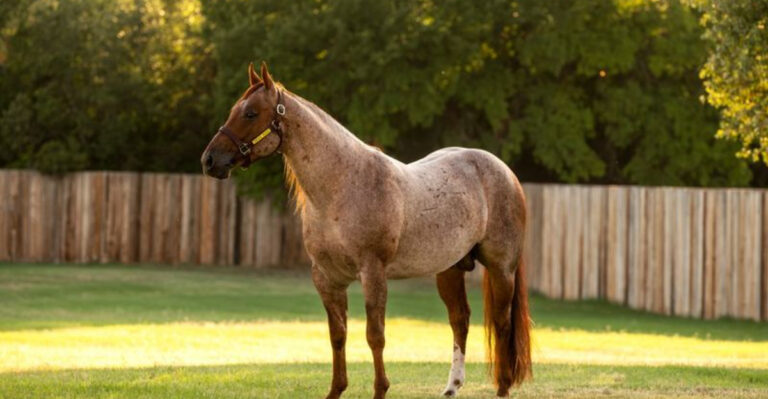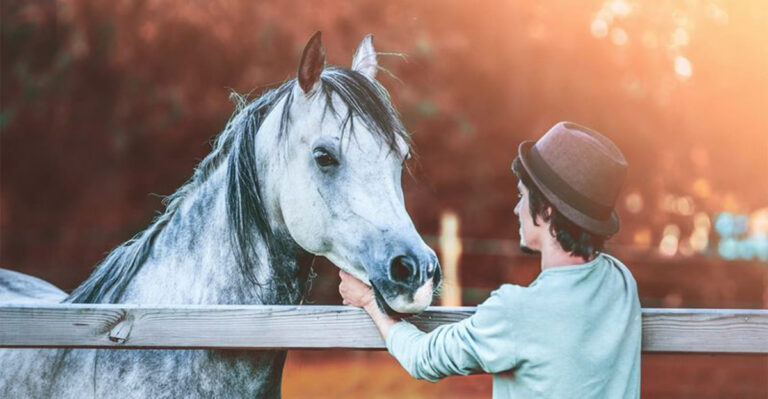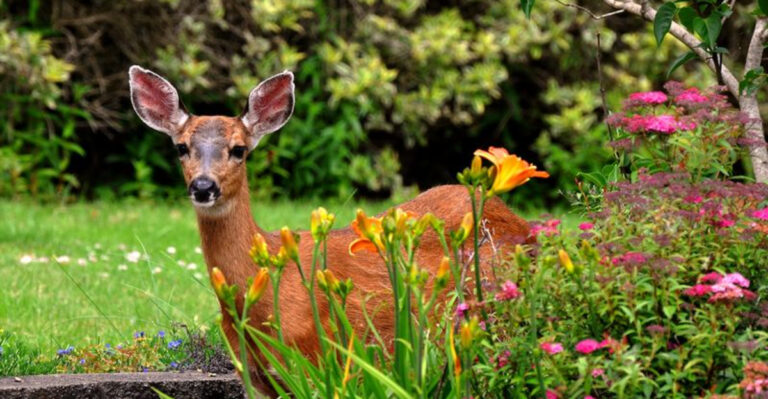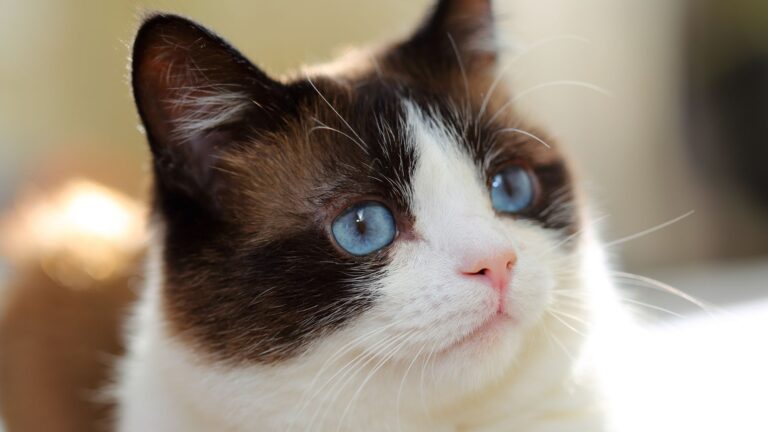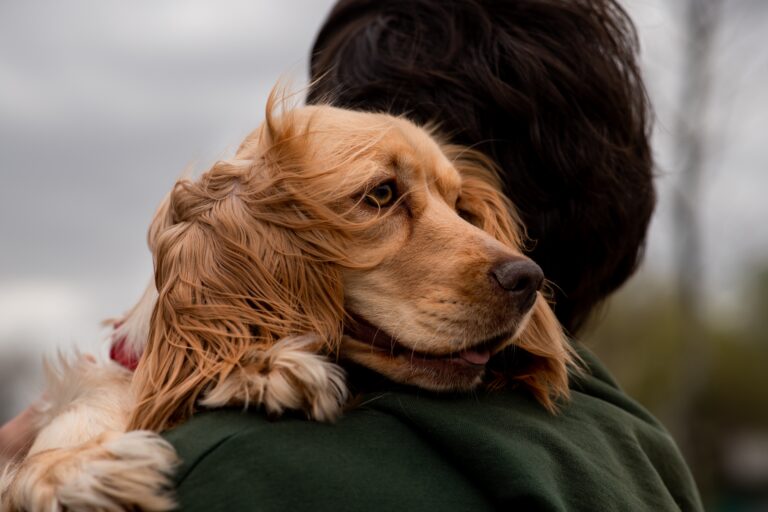14 New Animal Hybrids Emerging In The Wild
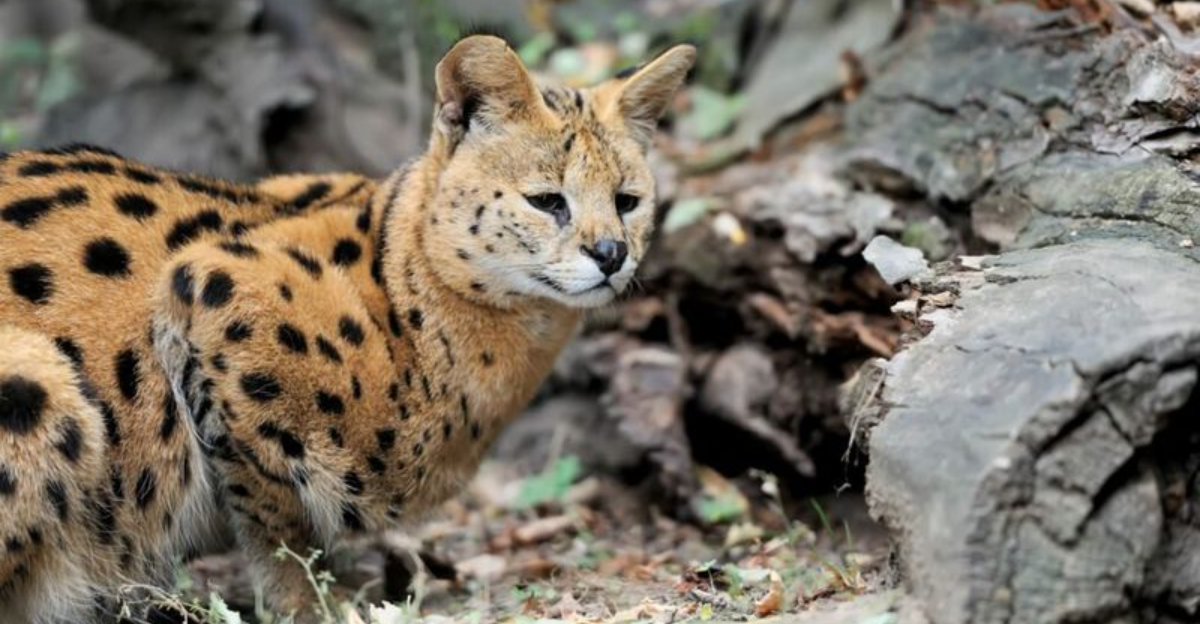
Our natural world is constantly evolving, sometimes in ways we never expected. Scientists have recently discovered fascinating crossbreeds between different animal species happening right in the wild.
These natural hybrids challenge what we thought we knew about species boundaries and show how animals adapt to changing environments.
1. The Grolar Bear: Arctic’s Climate Change Child
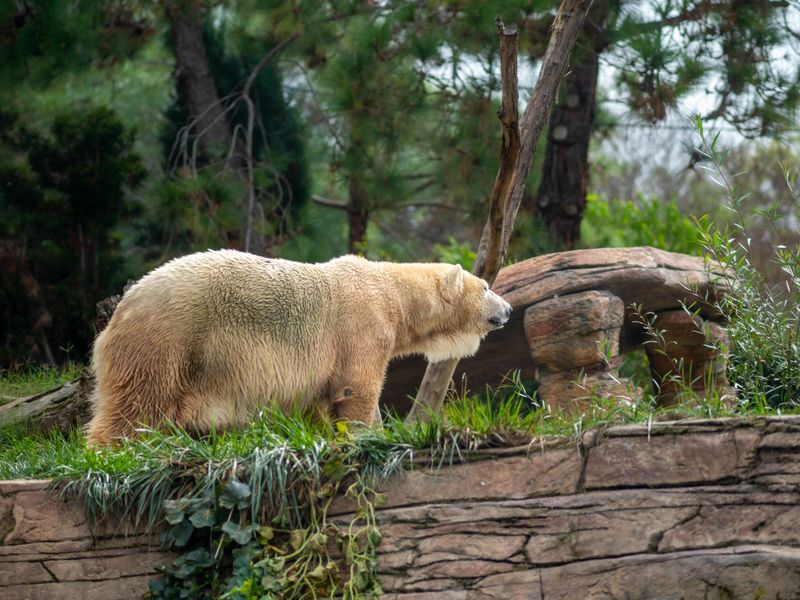
As Arctic ice melts, polar bears venture south while grizzlies move north, creating unexpected meetings. Their offspring combine the polar bear’s marine hunting skills with the grizzly’s adaptability to land.
Scientists first confirmed these hybrids in 2006, though Indigenous hunters recognized them long before. With distinctive cream-colored fur and slightly humped shoulders, these bears represent climate change’s direct impact on wildlife.
2. Coywolves: Urban Wilderness Masters
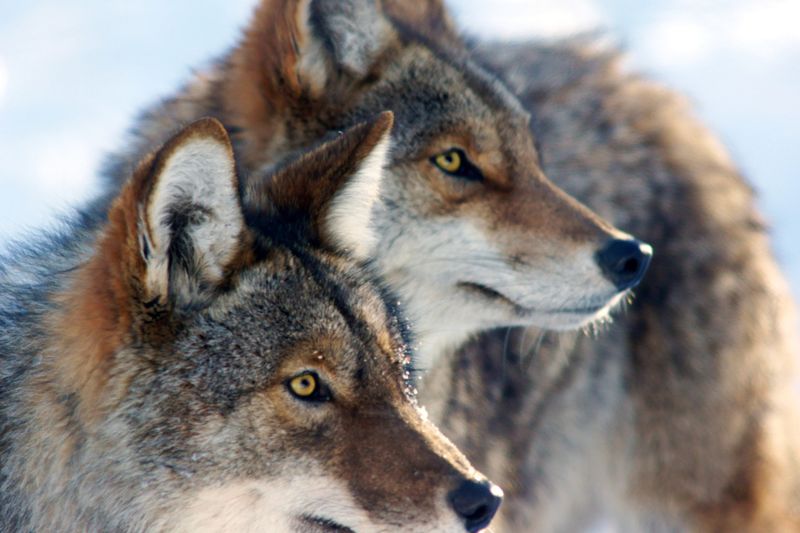
Ever heard howling that sounds a bit off? Might be a coywolf – nature’s answer to changing landscapes. These coyote-wolf hybrids thrive where neither parent could fully succeed.
Larger than coyotes but more adaptable than wolves, coywolves navigate both forests and city parks with remarkable ease. Their mixed DNA gives them the perfect toolkit for our human-modified world, making them one of North America’s most successful hybrid species.
3. Pizzly Bears: The Unexpected Northern Remix
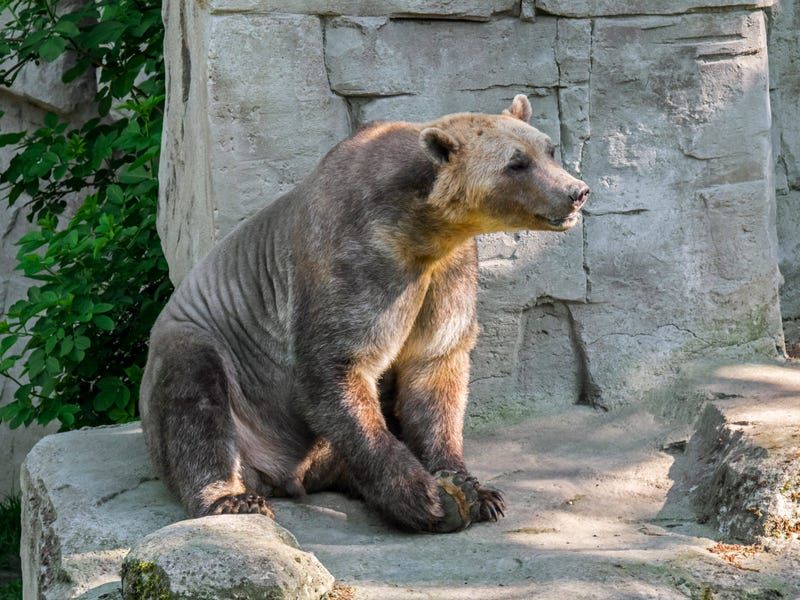
Unlike their grolar cousins, pizzlies have grizzly mothers and polar fathers – a reversal that creates subtle differences. Their smaller bodies and rounder faces tell the fascinating story of hybridization’s complexity.
These bears navigate both tundra and forest with surprising skill. Wildlife biologists tracking pizzlies have documented unique hunting techniques that borrow from both parent species, creating a new predator perfectly suited for rapidly changing northern ecosystems.
4. Wholphins: Ocean’s Unexpected Duo
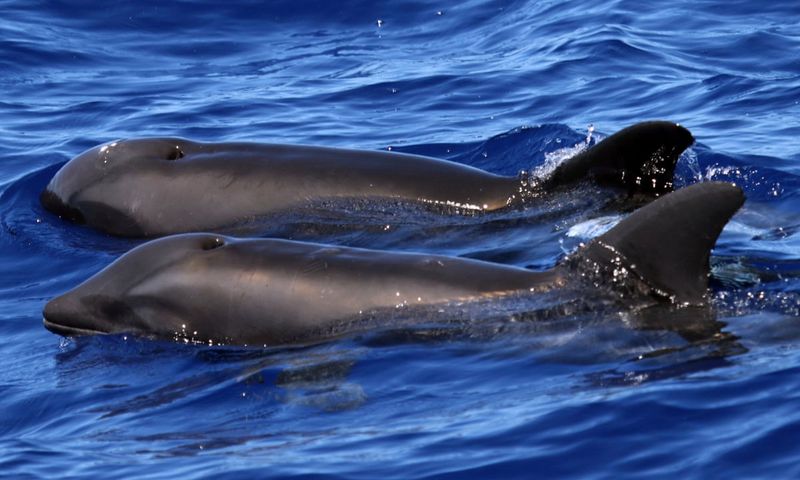
Gliding through Hawaiian waters, these rare creatures combine the sleek strength of the false killer whale with the playful intelligence of the bottlenose dolphin. Slate-gray bodies reflect a balance between the sizes of their parent species.
Sightings are few and treasured by marine biologists studying their behaviors. Echolocation calls blend patterns from both parents, producing unique underwater “voices” detectable from miles away.
5. Narluga: The Arctic’s Mystery Whale
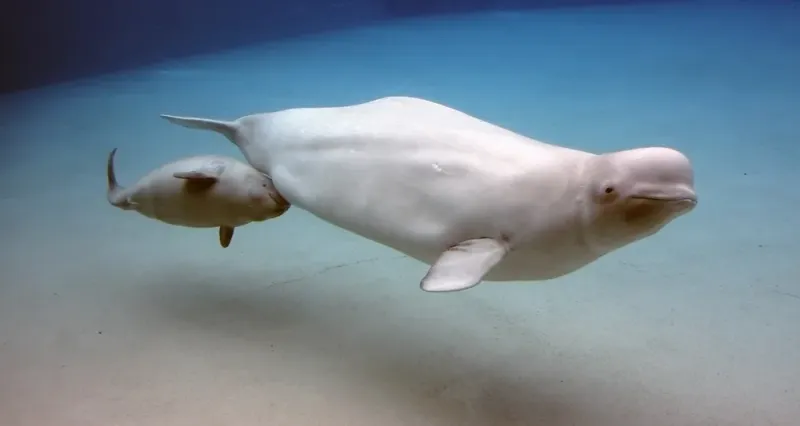
A skull unlike any other sparked the discovery of narlugas – the mysterious hybrids of narwhals and belugas. Gray in color, these whales lack the narwhal’s famous tusk but retain its slender form.
DNA analysis in 2019 confirmed long-standing Inuit reports about these unusual creatures. Representing nature’s experimental blend, narlugas combine traits from two specialized Arctic species.
6. Savannah Cats Gone Wild: Africa’s New Predator
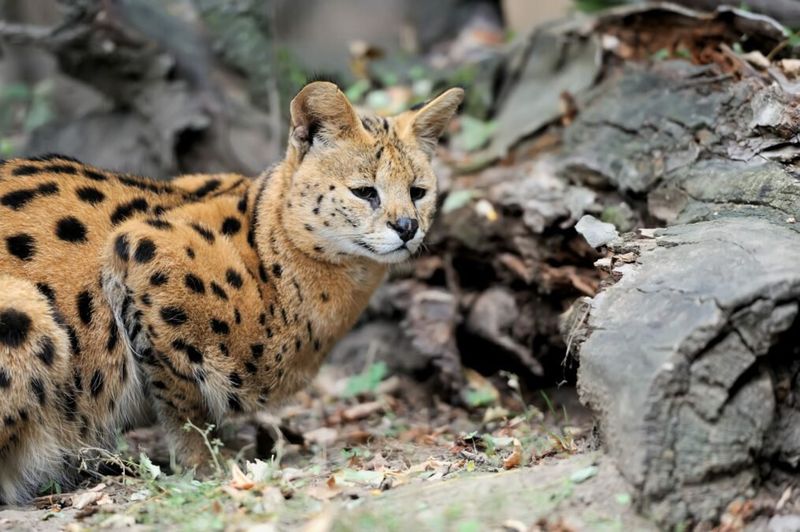
What happens when exotic pets escape? In parts of Africa, domestic Savannah cats – already part-serval hybrids – are breeding with wild servals, creating super-Savannahs with enhanced hunting abilities.
Standing nearly two feet tall, these felines combine domestic cat intelligence with wild serval strength. Wildlife managers worry these unplanned hybrids could disrupt local ecosystems as they hunt prey that neither parent species typically targets.
7. Jaglions: The Spotted Kings
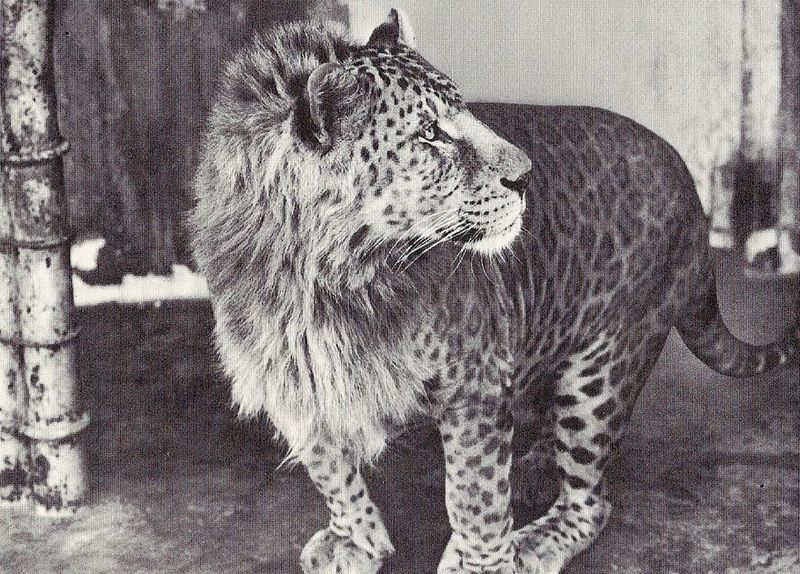
When female lions meet male jaguars in overlapping territories, nature creates something spectacular. Jaglions combine the lion’s powerful build with the jaguar’s climbing ability and rosette-spotted coat.
Unlike many hybrids, some jaglions remain fertile, raising questions about species boundaries. Their mixed hunting style – ambush tactics from jaguars with pride coordination from lions – makes wildlife biologists wonder if these rare hybrids might establish their own ecological niche.
8. Killer-Pilot Whales: Ocean’s New Apex Predators
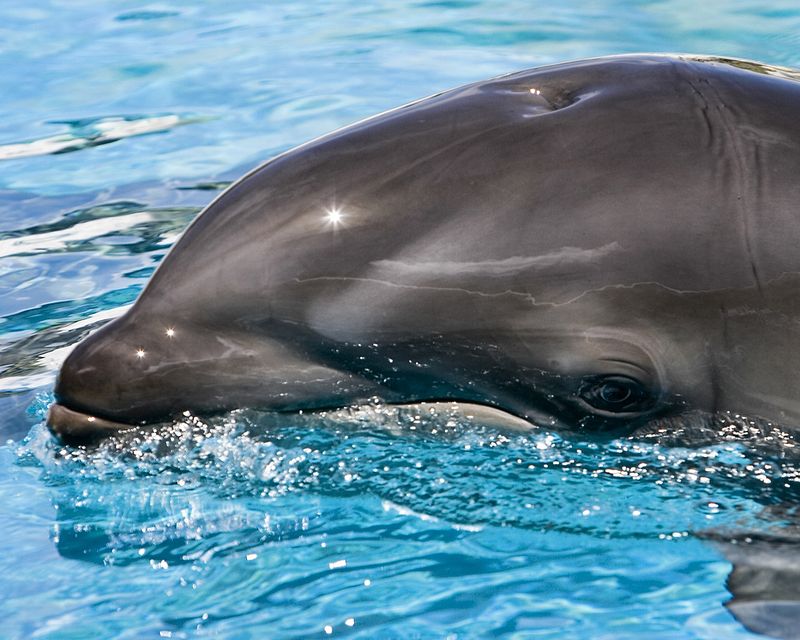
Beneath the waves, something extraordinary is happening. Killer whales and pilot whales are producing hybrids with unprecedented hunting capabilities that combine the best of both species.
First documented off Hawaii in 2018, these black-and-white giants show the pilot whale’s rounded head with the orca’s distinctive eye patches. Marine biologists report these hybrids forming mixed pods that use sophisticated hunting strategies never before seen in either parent species.
9. Coyote-Dog Hybrids: Suburban Shapeshifters
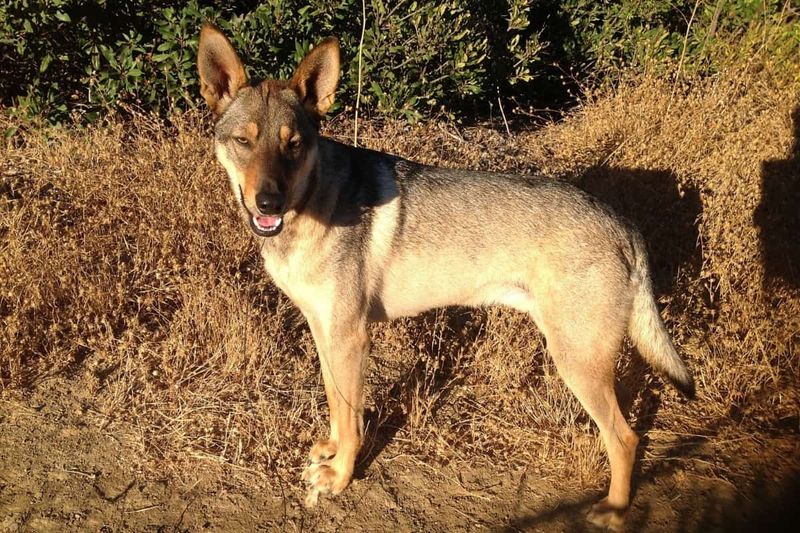
Forget werewolf legends – these real canine hybrids are reshaping suburban wildlife. When coyotes breed with feral dogs, the resulting “coydogs” bring unexpected adaptability to human-dominated landscapes.
With dog-like social skills and coyote survival instincts, they navigate our neighborhoods with surprising ease. Their varied appearances – from shepherd-like to fox-colored – make identification challenging for wildlife officials trying to understand their impact on local ecosystems.
10. Bobcat-Lynx Crossbreeds: Forest Phantoms
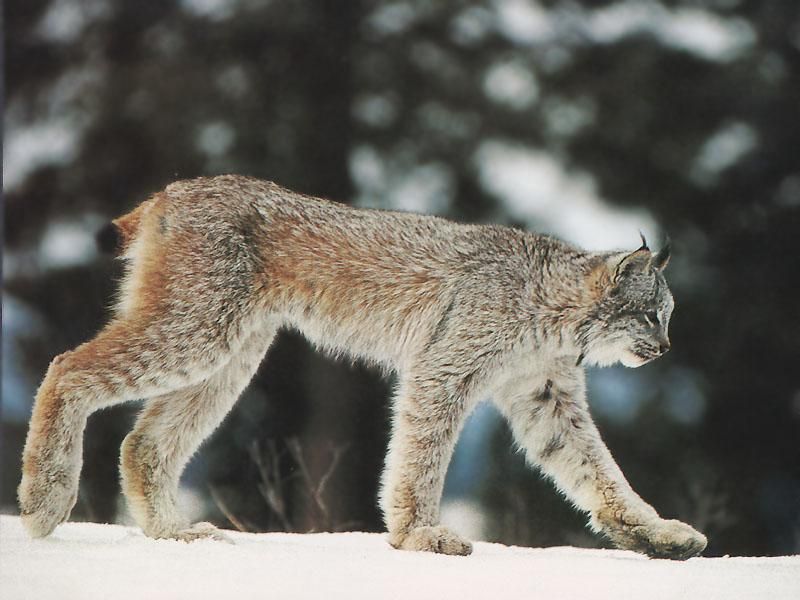
Silent and rarely seen, these elegant feline hybrids emerge where bobcat and lynx territories overlap in changing northern forests. Their appearance blends the bobcat’s compact power with the lynx’s snow-adapted features.
Climate change pushes bobcats northward while habitat loss drives lynx south. The result? More frequent meetings and hybridization. Wildlife cameras occasionally capture these ghost-like cats with their distinctive ear tufts and medium-length tails – living proof of how animals adapt to our changing world.
11. Mule Birds: Songbird Surprises
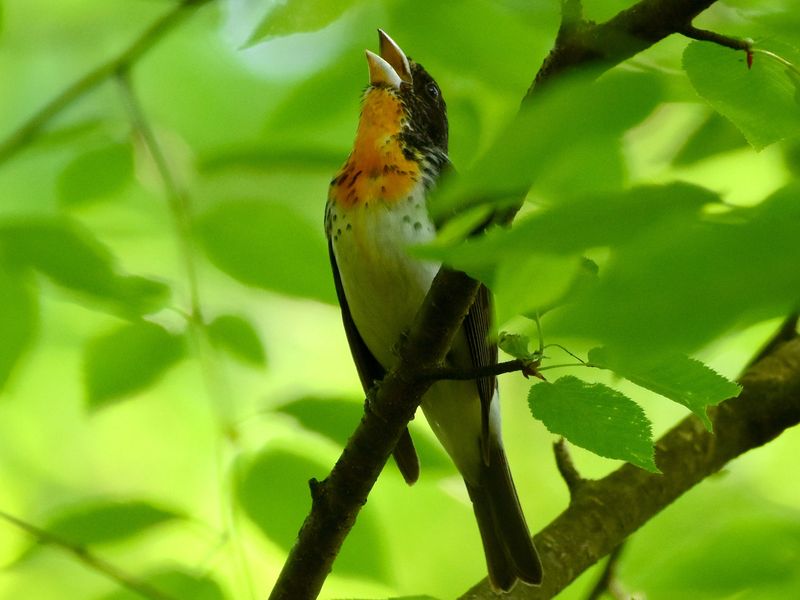
Think hybridization only happens with mammals? Think again! Across North America, changing forest patterns are bringing previously separated songbird species into contact, creating beautiful “mule birds.”
Just like mules (horse-donkey hybrids), these birds – often warblers, thrushes or finches – typically can’t reproduce. Their mixed songs and plumage confuse birdwatchers but delight scientists studying how environmental changes affect even our smallest wildlife neighbors.
12. Cama: The Camel-Llama Wonder
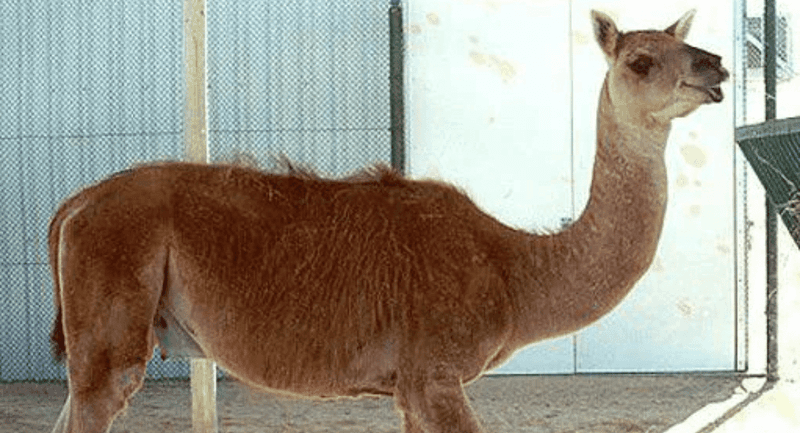
Looking like something from a children’s book, these curly-haired hybrids combine the camel’s desert endurance with the llama’s mountain agility. Originally created through artificial insemination, some have escaped to form wild populations in remote areas.
With camel height but llama-like wool, camas navigate challenging terrain that would stop either parent. Their unexpected success in harsh environments has wildlife experts monitoring their potential impact on native species in arid mountain regions.
13. Bottlenose-Risso’s Dolphin Hybrids: Mediterranean Mavericks
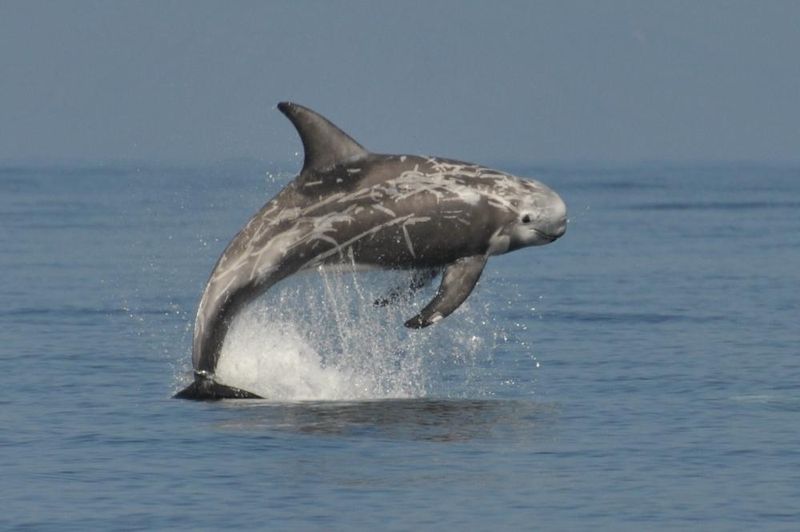
Along the Italian coast, striking hybrids glide through the clear blue waters, blending features of bottlenose and Risso’s dolphins. Mottled gray bodies pair with the playful nature of bottlenose dolphins, creating a unique combination.
DNA testing in 2018 confirmed the existence of these hybrids. Socially flexible, they switch between bottlenose and Risso’s pods, thriving in diverse ecological niches.
14. Jungle Cat-Domestic Cat Hybrids: Asia’s Wild Housecats
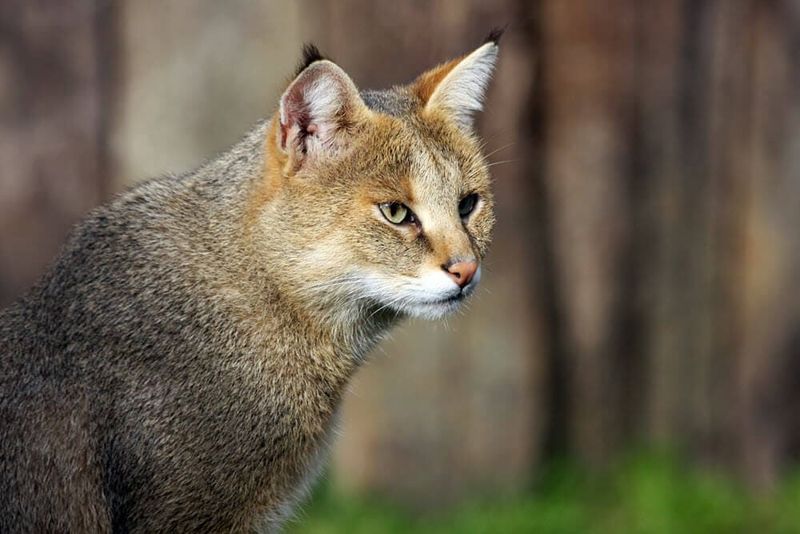
Across rural Asia, something wild lurks in village shadows. When jungle cats meet domestic cats, their offspring bring surprising wildness to human settlements.
Larger than housecats with distinctive ear tufts and hunting prowess, these hybrids thrive where wild meets domestic. Local farmers report these cats controlling rodent populations better than either parent species. Their success shows how hybridization sometimes creates perfectly adapted animals for changing landscapes.

